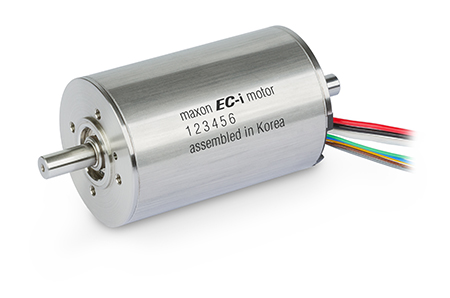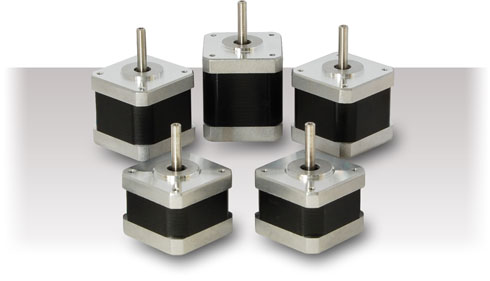
What are the Advantages of Choosing a Brushless Motor?
Brushless dc motors are a type of electric motor that has no brushes. This means that they don’t require any maintenance and they can run without interruption for a long time.They are generally preferred by users who need to have their system running continuously for long periods of time or who want to reduce the amount of noise generated by their machine.
- Save Money!
Brushless motors are the best choice for your next robotics project, but they are also more expensive. The cost of running a brushless motor is much lower than that of a brushed one. - Minimize Noise and Accelerate Speed
Brushless motors are the most popular type of motor in the market. They are used in many different applications such as electric and hybrid cars, drones, and robots.
However, they have a certain noise that can be quite loud at times. This noise has been an issue for many industries that use brushless motors. Some of these industries include:
- Aerospace industry: Aircrafts are using brushless motors to power their propellers and jets. The noise emitted by these motors is very loud and can be heard from miles away. This noise can cause problems during takeoff and landing when pilots need to concentrate on their work without any distractions from the outside world.
- Automotive industry: The automotive industry uses brushless motors in a wide range of vehicles such as cars, trucks, trains, boats,
- Maximize Efficiency
Brushless motors are more efficient than brushed motors. The reason is that they have fewer moving parts and use less energy.
High efficiency brushless motors can save a lot of energy as they generate less heat and noise, which makes them more suitable for applications in which it is important to minimize the power consumption.
Many industries are switching over to high efficiency brushless motors due to their high efficiency and low noise levels. They have been used in the aviation industry since the 90s, where they replaced traditional engines because of their lower emissions and fuel consumption, as well as their durability. - Durable
The technology is designed to last a long time, so there’s no need to worry about brushes wearing out and sputtering in the long term. It is much more durable when compared with existing technologies on the market. It doesn’t require any maintenance or replacement of parts for years of usage. - Dynamic Power
The Dynamic Power Motor is a motor that can be adjusted to different speeds at different load levels. This means that the motor will be able to work with high-power and low-power modes without any issue. It helps companies in handling different tasks with ease. It is also helpful in preventing wear and tear on the motor by automatically adjusting its speed.

